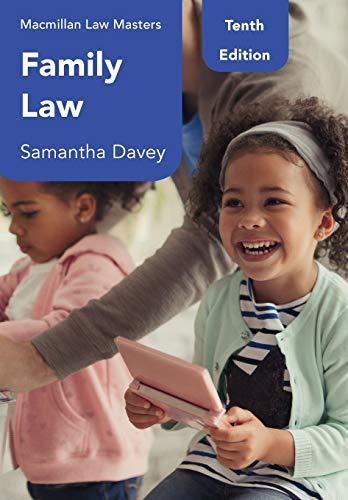Danny, the owner of a medical supply company, has conducted business with a Japanese supplier, Osaka Supplies, for sanitary products including face masks for years since December 2010. One of the contracts between them was to transport 500 boxes each month from Japan to Hong Kong. Payment for the goods was to be made in advance before the shipment each month. In 2020, with the outbreak of Covid-19 pandemic, many countries which had been in short supply of face masks banned exports of masks in order to match the huge demand for the masks needed by health workers and their citizens. With the aim of controlling the distribution of face masks within the country for facing the coronavirus pandemic, the Government of Japan banned all the export of face masks commencing from March 2020. Required: In the context of law of contract, advise Danny of his legal rights under the following two different situations. (a) In early March 2020, due to the export ban of face masks, Osaka Supplies informed Danny that no face masks could be transported to Hong Kong from March 2020 onwards. The payment for March transaction made by Danny will be returned via bank remittance. The supply contract for face masks would therefore be discharged. With the excessive demand for face masks under the pandemic in Hong Kong, the price of face masks was increased dramatically since February 2020. Therefore, Danny insisted that Osaka Supplies must perform its obligation under the contract for shipping the face masks to Hong Kong. Otherwise, he would sue Osaka Supplies for breach of contract and recover the damages suffered due to the breach. (b) Despite the export ban of face masks implemented by the Government of Japan in March 2020, Danny and Osaka Supplies signed another new contract on 1 April 2020 for supplying 1,000 boxes of face masks with a high price each month to Hong Kong since Osaka supplies said that it had its own ways of delivering face masks from Japan to Hong Kong. However, having considered seriously after signing the contract, Osaka Supplies did not want to process the transaction and thus informed Danny to cancel the contract. Danny prepared to sue Osaka Supplies for breach of contract.Tommy, an interior decorator and furniture designer, introduced the special mechanism of the comfortable bed at night that allows it to transform into a completely different type of furniture - a wardrobe in the daytime. During the transformation, there is no need to remove everything from the cabinet and the bedding on the bed can be left during its reverse transformation. With the gas lift mechanism, it is convenient because when the structure is moved by means of a high pressure of compressed gas, the bed is transformed smoothly, without external physical effort and additional help. The bed with the gas-lift mechanism of transformation is fixed by means of locks. A wide selection of the product with all kinds of surface finishes is offered to match the theme of their home. Notwithstanding the high price of the transformer wardrobe bed, Adrian and Winnie were impressed by Tommy's detailed explanation with the catalogue for the multi-function bed. They agreed to purchase a set of the transformer wardrobe bed with specification of blue in color. On the following Saturday, after delivery of the new set of transformer wardrobe bed, the couple was happy to have it. After they put their belongings into the wardrobe and tried to transform it to a bed with the gas lift, the locks were out of order and the wardrobe tipped over and fell onto Winnie. Winnie suffered injuries to her hands, arms and neck and was sent to hospital immediately. Adrian was also hurt when he tried to protect Winnie from being crushed by the falling wardrobe. All their belongings in the wardrobe fell over and were broken. Required: Referring to the context of Sales of Goods Ordinance (Cap 26) ("SOGO"), advise the couple whether they are protected by the legislation and the remedies (if any) available to them.Criteria Weighting Identification of legal issues 5% Explanation of relevant legal principles and rules 30% Application of the rules to the problem 30% Conclusion and/or recommendation 15% Research on relevant cases 10% Organization and presentation 10% Total 100%









